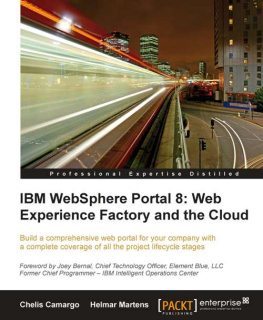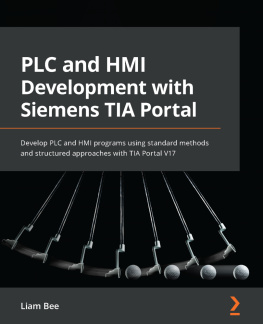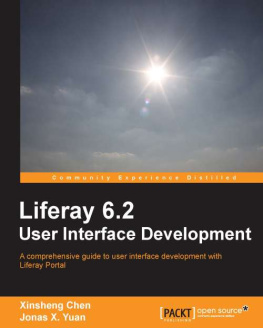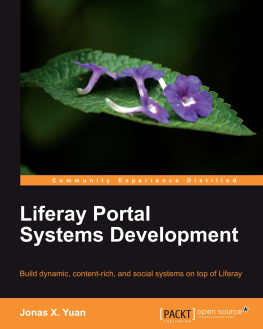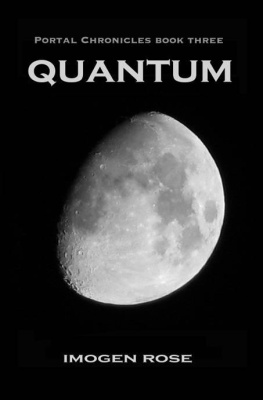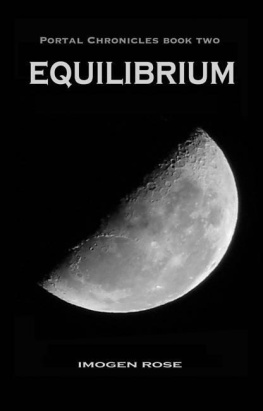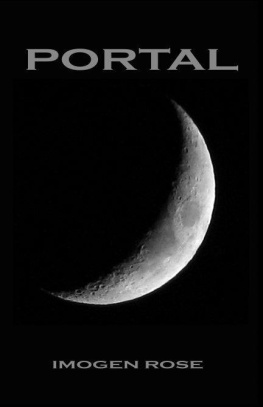Foreword
When I joined IBM in early 2001, WebSphere Portal was little more than an idea. But some believed this was going to be the future of web technology. When WebSphere Portal v1 was released later in that same year, spending the time required to cobble together the components needed to make it run, was an exercise in patience and persistence. But it did run; and it got better, until eventually it evolved into the robust enterprise platform that is the focus of this book.
The emphasis on the word 'Enterprise' within the content of this book is no mistake. Portal projects within an organization are generally enterprise-level projects. Of course, there are smaller and more focused portal implementations that lean toward a specific value proposition; but generally, a portal's strength lies in integrating an organization's content, processes, and systems in new, productive ways. This allows the portal to provide one-stop access across the entire organization. These types of large projects can bring out the best and worst of a company's internal processes and systems. In some ways, they can be the most challenging projects on the planning board.
Why is that? A portal can provide an integration and aggregation point for all of your existing systems. This allows you to expose deep hidden knowledge and information, providing immediate potential benefit. However, this can also expose weaknesses in those systems, due to integration complexity, scalability, security issues, or other lurking problems. It can also force an organization to reevaluate the way it does business. Processes need to be documented, reviewed, or reinvented, if maximum benefit is to be gained by the effort.
This book is all about providing guidance, expert advice, and counsel to the reader, and is the culmination of years of knowledge and best practices in the industry. By bringing together their own extensive knowledge combined with the knowledge of other practitioners, consultants, developers, and customers and then distilling the good bits, Chelis and Helmar have provided a new look at the industry, which is both welcome and long overdue. One thing I love about this book is its appeal to many types of different readers.
The book begins with a focus on identifying and defining your project, giving business owners and project managers the tools and information they need, to make the right decisions from the start. It then provides an update on some of the latest approaches for delivering projects in the most efficient way possible, and with the quickest return on investment. These could save many project teams from having to learn some things the hard way.
Starting with Chapter 7, Introduction to Web Experience Factory , the book takes a more developer-focused turn, providing readers with advice and examples for building the application functionality a project requires. This includes guiding the developer into the world of the Web Experience Factory and teaching him/her how to use it effectively to deliver results. The chapters build the reader's knowledge level, to go quickly from building simple applications to more advanced capabilities, such as profiling users, and providing customized views for mobile devices. Finally, Chapter 18, Portal Troubleshooting and the next chapters will appeal to anyone focused on administration and management. This is especially important for those who are challenged with the goal of making an environment run efficiently and effectively.
While different areas of this book focus on the goals and responsibilities of different stakeholders within an organization, this does not imply that these sections within the book are mutually exclusive. In fact, it implies just the opposite; while some chapters have more technical details, others are more focused on the overall business experience, providing benefit to everyone involved in the project. I can attest to this from personal experience; in reviewing this book I have read it from cover to cover, and I have learned much, much more than what my feedback to the authors has provided.
We all know that technology moves in cycles, and I have found that the same is true for the technical community. Hard-won knowledge and best practices are learned, gathered, and shared until everyone seems to be well educated. Eventually, a new crop of customers and users emerge and technology evolves just enough that best practices, once thought to be old news, are new again. This knowledge is shared across the community and a new cycle of learning begins. In that light, this book will help all of us learn, review, and continue this cycle. In some ways, the knowledge in this book can be considered timeless. Some best practices of this nature really never go out of style, and this book is packed with them.
But more than that, Chelis and Helmar have opened up a whole new approach to both portal and non-portal projects for the reader. If you are still looking for what you will learn, consider the following key themes that are covered:
- Helping us learn about the capability and capacity of hosted solutions in the cloud
- Helping us to understand which reusable industry assets are readily available
- Providing instruction and guidance on how to use the latest tools for quickly delivering custom applications
Armed with this knowledge, portal solutions can be delivered to provide business value quicker and easier than ever before. The resulting applications can scale better, run cheaper, and be more easily managed than their predecessors. This in itself makes it more than worth the price of the book.

